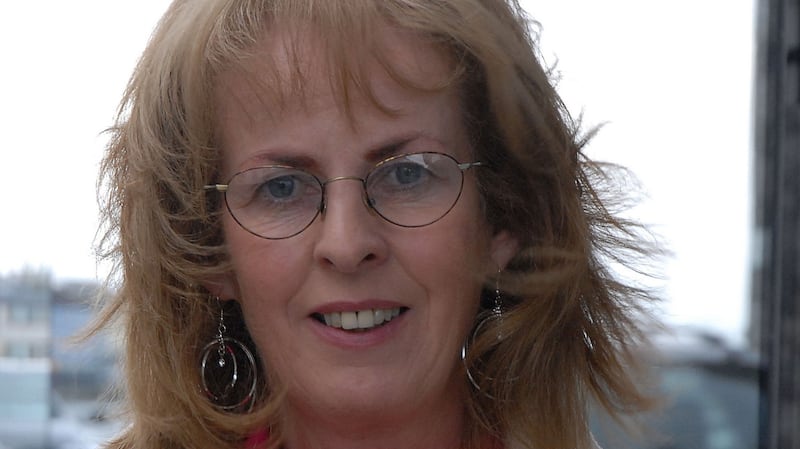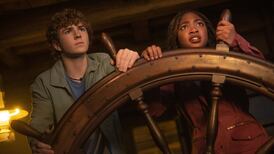Galway’s European Capital of Culture project secured no sponsorship in the first half of this year and spent almost €130,000 on “professional”, legal and “external adviser” fees.
A status report released to Galway city councillors records expenditure of €1.1 million this year, bringing the total spend on the €46 million project so far to €3.6 million – with €1.8 million of that invested by Galway City Council in securing the bid.
Aosdána poet Mary O'Malley joined colleague Rita Ann Higgins in calling for artists to take charge of the programming.


Higgins said she believed it was too late now find a new creative director and the expertise of local artists should be drawn on.
The project lost its creative director Chris Baldwin in late May; while its chief executive, Hannah Kiely, and two board members, former EU commissioner Máire Geoghegan-Quinn and Galway arts festival chief executive John Crumlish, resigned within the past month.
City council senior official Patricia Philbin has replaced Ms Kiely.
Fine Gael councillor Pádraig Conneely says he will be raising questions about spend on fees, and the lack of any private sponsorship when there was a target figure of €7 million.
‘External advice’
The “professional” fees rose from almost €6,000 in the first quarter of 2018 to almost €90,000 by June, while a sum of €22,231 was spent on “external advice”.
Galway 2020 said the “professional fees” pertained to “professional services” including “recruitment, tourism engagement, translation services and photography”.
More than €420,000 has been spent on the arts programme this year, and 24 people are employed, the report stated.
Endorsing Higgins’s call for artists to take the creative lead, O’Malley noted that there was currently “very little sense that artists are any more than performing monkeys at the end of a very long chain”.
“Many of us have programmed festivals, community events and theatre events in the past. We have experience of steering arts centres, poetry festivals and international conferences,” she said.
“There is a suspicion among quite a few artists I’ve spoken to that artists are merely fodder for the careers of some arts bureaucrats,”she said, and noted a “worrying air of secrecy around a lot of the arts and culture industry in Galway” which was “not unique to 2020 by any means”.
‘Failure of loyalty’
“I have had the sense for some time that even to question the arts bureaucracy is regarded as a failure of loyalty, and a lot of artists feel very isolated,” O’Malley said.
“I’ve worked with some of the very best arts administrators, and they somehow manage to create a sense of excitement and energy in which new work is fermented,” she said. “I feel none of that excitement around Galway 2020; the energy is dead, as you might expect when the language is all about money and marketing.”
Responding, Galway 2020 said it had worked hard to “re-engage” with the cultural community and was very pleased with progress.
“At no point during these engagements was any recommendation made by them for them to take over the running of the project,” a company spokeswoman said.










